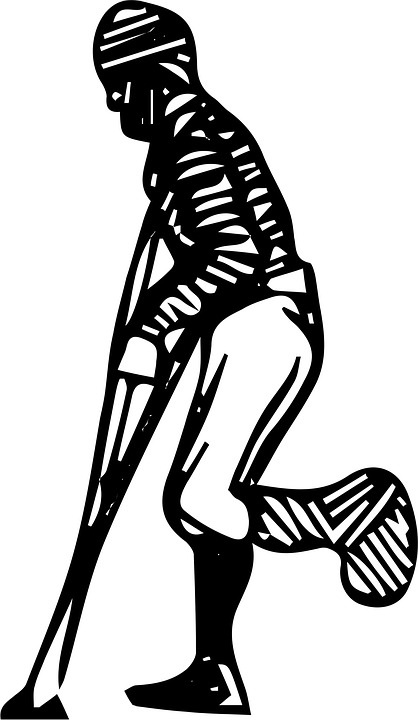Have you heard of RICE Treatment?
RICE stands for Rest, Ice, Compress and Elevate.
Even the most careful of ballet dancers or any athlete can get injuries, but fortunately, our bodies have the remarkable capacity to heal themselves. The best thing to do if you incur a ballet dancing injury as a dancer is to see a doctor if something is really swollen, painful, or you suspect a fracture or other serious damage.

It is sometimes difficult to rely on instinct when deciding how much you can safely attempt when you have a ballet dancing injury, so rather check with your doctor or physical therapist if in doubt. At times you may need to rest and at other times you may just need to modify your routine. It is always best to avoid aggravating a ballet dancing injury, no matter how minor it may seem.
Many sports medicine experts recommend RICE treatment (rest, ice, compression, elevation) to minimize swelling and pain when you have any sports or dance related injury.
Rest:
The human body is normally good at healing itself, but it will need lots of rest in order to do this. The moment you feel an injury coming on rest. In this way, you will be less likely to further stress the damaged body part. Rather do isometric exercises under a doctor’s advice, than go back to heavy classes and schedules too soon, tempting as it may seem.
Ice:
If ice is applied immediately to an injury, it will be effective in reducing the swelling and pain of the injured body part. Using crushed ice in a dish towel, or even a bag of frozen peas both work well.
Keep the ice on the injury just long enough to be effective, and not so long as to cause discomfort or frostbite. In the hours after the injury has occurred use ice on and off for about twenty minutes at a time. Make sure to cover the entire area and protect your skin with a damp cloth. Ice should be used frequently for the first three to five days after the injury several times a day, and then decreased to once or twice a day after activity or exercise.
Compression:
Compression is another way to reduce swelling, and you can do this with an elastic wrap. Make sure that the pressure is applied evenly and it should feel comfortable and not too tight. If your skin turns red or white at the edges of the compression, then it is too tight. Use the wrap until the swelling goes down, or until the compression is more bothersome than helpful.
Elevation:
If you elevate the injured part of your body, this will also reduce swelling. Try to raise the injury above heart level as much as possible. Elevation is also important as you sleep, and you should keep elevating for as long as there is swelling.
Some physical therapists add a P in front of RICE, to make the word PRICE. The P stands for protection in the form of slings, braces, splints, crutches or taping, which all help to prevent further ballet dancing injuries.
So next time you sprain or twist something, remember RICE treatment.

